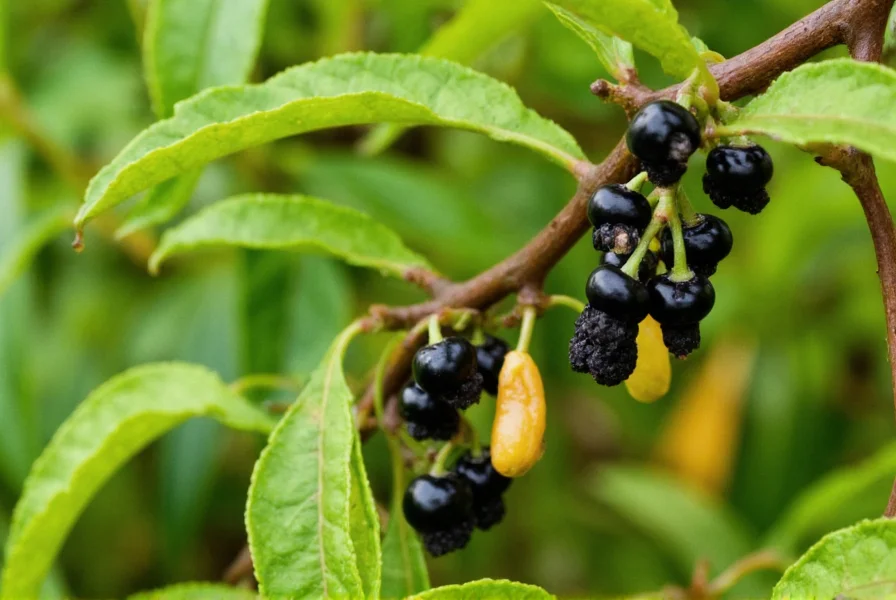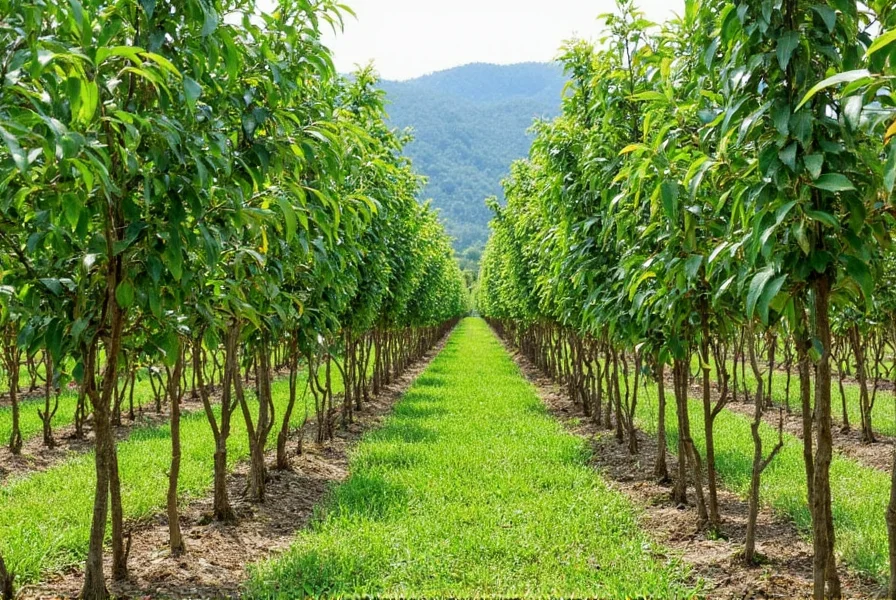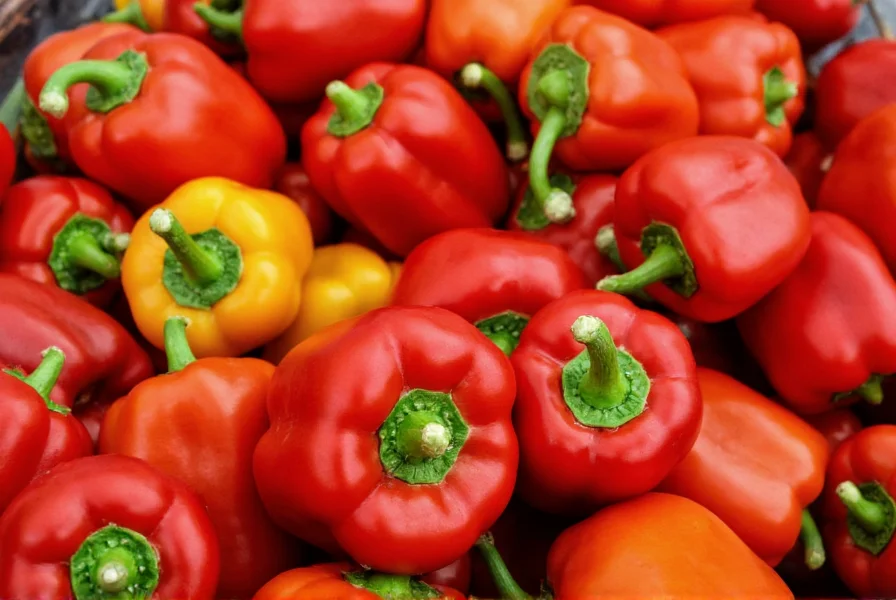Understanding where pepper comes from reveals one of history's most influential spice trade stories. This climbing vine native to South India has shaped global commerce for millennia, with modern production concentrated in tropical regions across Southeast Asia and South America. The journey from flowering vine to your kitchen begins with careful harvesting at precise maturity stages.
The Piper Nigrum Plant: Source of All True Pepper
True pepper varieties—black, white, and green—all derive from Piper nigrum, a perennial flowering vine in the Piperaceae family. This tropical plant thrives in humid climates with well-drained soil, requiring approximately seven years to reach full production capacity. The plant produces small fruits called drupes that contain the familiar peppercorn seed.

Global Pepper Production Regions
While pepper cultivation occurs across tropical zones, four countries dominate global supply:
| Country | Global Share | Distinct Characteristics |
|---|---|---|
| Vietnam | 40-50% | Bold flavor, dark color, consistent quality |
| Indonesia | 15-20% | Milder heat, earthy notes, traditional processing |
| India | 10-15% | Complex floral notes, Malabar and Tellicherry varieties |
| Brazil | 5-10% | Fruity undertones, sustainable farming practices |
Processing Methods Determine Pepper Type
The same Piper nigrum berry transforms into different pepper varieties through specific processing:
- Black pepper: Unripe green drupes sun-dried until they shrivel and turn black. This process develops piperine, creating robust heat.
- White pepper: Fully ripe red drupes soaked to remove the outer layer, leaving only the seed. Produces milder, earthier flavor preferred in light-colored dishes.
- Green pepper: Unripe drupes preserved through freeze-drying or brining to maintain chlorophyll. Offers fresher, more herbal notes.
- Red pepper: Rare variety using fully ripe berries, often vacuum-sealed to preserve color and delicate flavor.
Sustainable Pepper Farming Practices
Modern pepper cultivation faces challenges including climate vulnerability and market price fluctuations. Leading producers implement sustainable practices such as:
Intercropping with shade trees maintains biodiversity while protecting the delicate Piper nigrum vines from direct sunlight. Organic certification has grown by 25% annually as consumers seek pesticide-free options. Fair Trade partnerships now support over 15,000 smallholder farmers across Vietnam and India, ensuring living wages and community development.

Identifying Quality Pepper Sources
When evaluating pepper sources, consider these factors that impact flavor and value:
Harvest timing proves critical—peppercorns picked just before full ripeness develop optimal piperine content. Traditional sun-drying methods preserve volatile oils better than mechanical drying. Recent studies show vine-ripened peppercorns contain 18% more aromatic compounds than those harvested early. Look for certifications like Organic, Fair Trade, or Rainforest Alliance when selecting ethically sourced pepper.
Future of Pepper Production
Climate change presents significant challenges to traditional pepper-growing regions. Rising temperatures and unpredictable rainfall patterns have reduced yields by 12-15% in some areas over the past decade. Researchers are developing more resilient cultivars while farmers implement water conservation techniques. The global pepper market continues growing at 4.3% annually, driven by increasing culinary interest in single-origin and specialty varieties.











 浙公网安备
33010002000092号
浙公网安备
33010002000092号 浙B2-20120091-4
浙B2-20120091-4